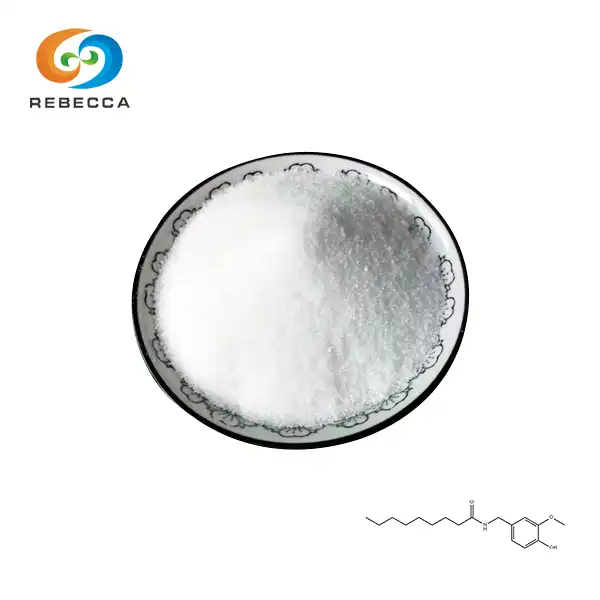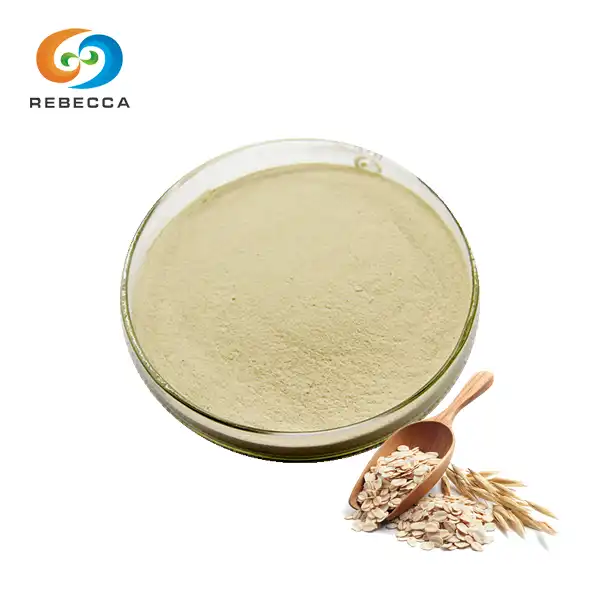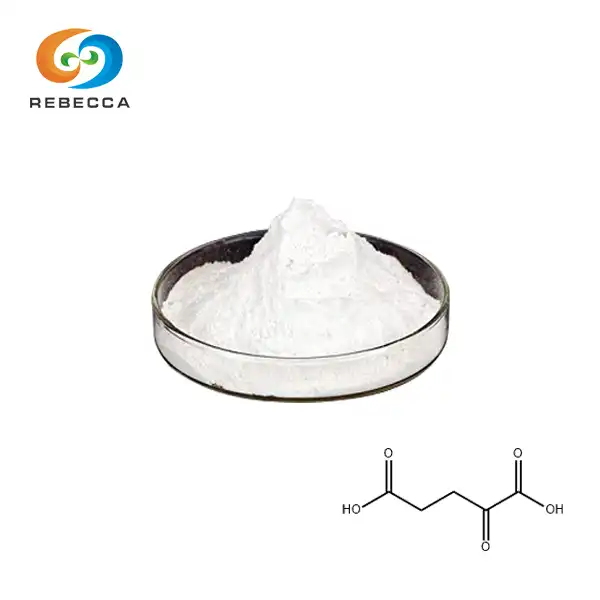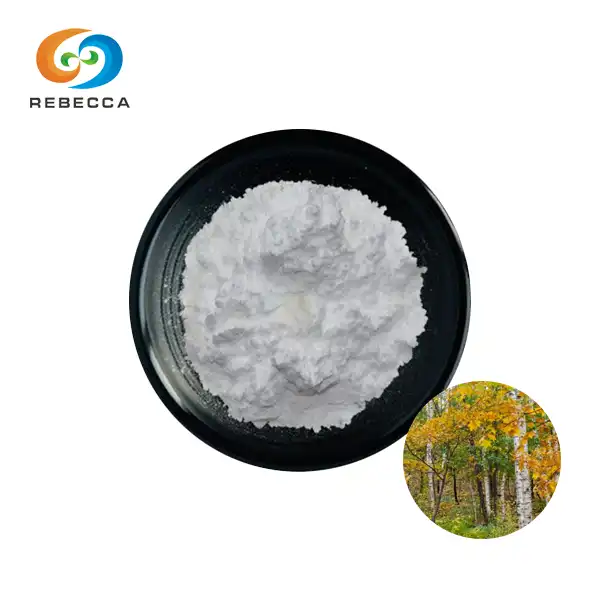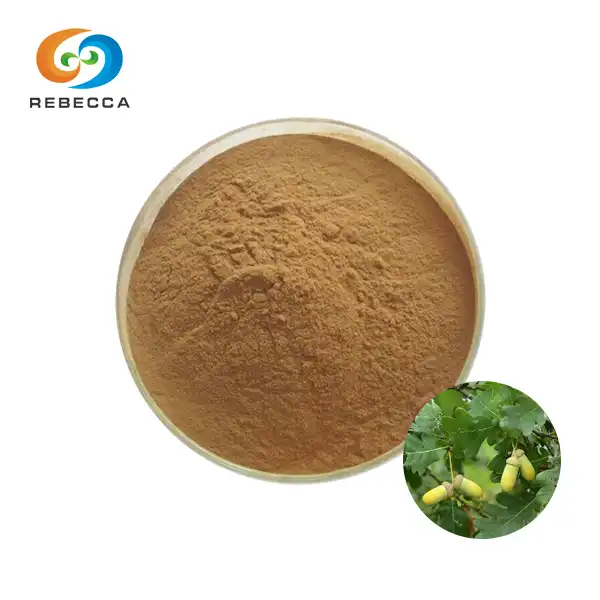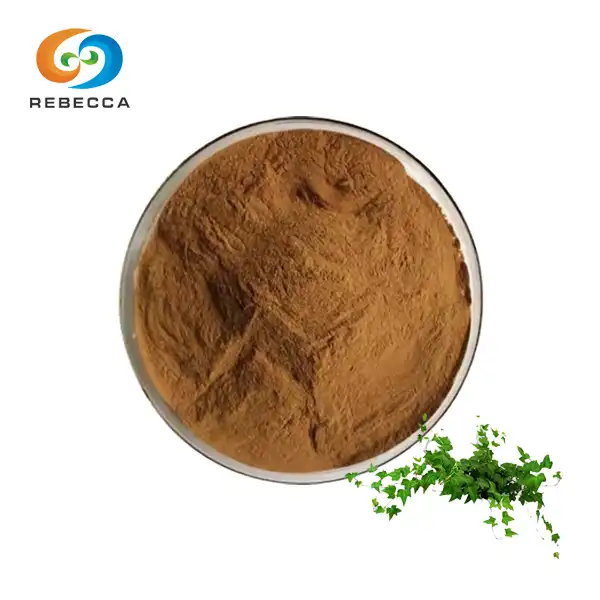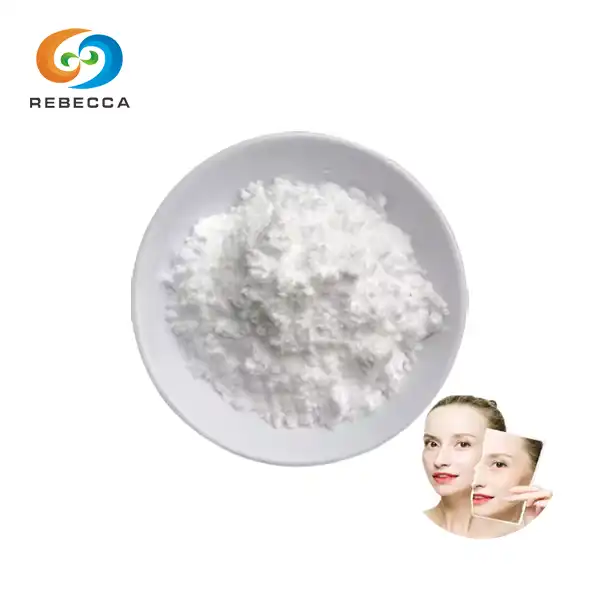The Role of Pure Pterostilbene as a Natural Preservative in Food Processing
In the ever-evolving world of food processing, the quest for natural preservatives has become increasingly important. Consumers are demanding cleaner labels and more natural ingredients, pushing the industry to explore innovative solutions. One such promising compound is pure pterostilbene, a naturally occurring antioxidant found in blueberries and other plants. This powerful molecule has garnered attention not only for its potential health benefits but also for its remarkable preservative properties. Let's delve into the fascinating world of pure pterostilbene and its role in food preservation.

How Pure Pterostilbene Extends Food Shelf Life?
Pure pterostilbene possesses a unique set of characteristics that make it an excellent candidate for natural food preservation. Its primary mechanism of action revolves around its potent antioxidant properties. Oxidation is a major culprit in food spoilage, leading to rancidity in fats and oils, color changes, and nutrient degradation. Pterostilbene's ability to neutralize free radicals and inhibit oxidative processes can significantly slow down these deterioration mechanisms.
Moreover, pterostilbene exhibits antimicrobial properties, which further contribute to its preservative effects. By inhibiting the growth of various bacteria and fungi, it can help prevent microbial spoilage and extend the shelf life of many food products. This dual action - antioxidant and antimicrobial - makes pure pterostilbene a versatile preservative suitable for a wide range of food applications.
Research has shown that pterostilbene can be particularly effective in preserving lipid-rich foods, such as oils, nuts, and certain baked goods. Its fat-soluble nature allows it to integrate well into these food matrices, providing protection against oxidation and rancidity. Additionally, studies have demonstrated its efficacy in preserving the color and texture of fruits and vegetables, making it a valuable tool in the fresh produce industry.
The stability of pterostilbene under various processing conditions is another factor that enhances its utility as a food preservative. Unlike some other natural antioxidants, pterostilbene maintains its activity even when exposed to heat or light, allowing it to remain effective throughout various food processing and storage scenarios.

Comparing Pure Pterostilbene to Other Preservatives
When evaluating the efficacy of pure pterostilbene as a natural preservative, it's crucial to compare it with both synthetic and other natural alternatives. Synthetic preservatives like butylated hydroxyanisole (BHA) and butylated hydroxytoluene (BHT) have long been industry standards due to their effectiveness and low cost. However, consumer concerns about their safety and a growing preference for natural ingredients have led to increased interest in alternatives.
Compared to these synthetic options, pterostilbene offers several advantages. It's derived from natural sources, which aligns with clean label trends. Additionally, pterostilbene has demonstrated superior antioxidant activity in some studies, potentially offering more potent preservation effects at lower concentrations.
Among natural preservatives, pterostilbene often outperforms its close relative, resveratrol. While both compounds are stilbenes found in similar plant sources, pterostilbene's chemical structure - with two methoxy groups instead of hydroxy groups - grants it greater lipophilicity and bioavailability. This enhanced absorption and cellular uptake translate to more efficient preservative action in many food systems.
Another natural preservative often compared to pterostilbene is vitamin E (tocopherols). While both are potent antioxidants, pterostilbene has shown broader antimicrobial activity, potentially making it a more versatile option for food preservation. However, vitamin E remains an excellent choice for certain applications, and the two can even be used synergistically for enhanced preservation effects.
It's worth noting that while pterostilbene shows promise in many areas, it may not be the optimal choice for all food preservation needs. Factors such as the specific food matrix, desired shelf life, processing conditions, and cost considerations all play a role in determining the most suitable preservative for a given application. As such, pterostilbene should be viewed as a valuable addition to the natural preservative toolkit rather than a universal replacement for all other options.

Is Pure Pterostilbene Safe for Food Preservation?
The safety profile of pure pterostilbene as a food preservative is a critical consideration for both manufacturers and consumers. Extensive research has been conducted to evaluate its toxicity and potential health effects, with largely positive results.
Pterostilbene is naturally present in several foods consumed by humans, particularly blueberries, which have been part of the human diet for centuries. This long history of consumption, albeit at lower levels than would typically be used for preservation purposes, provides a foundation for its safety assessment.
Numerous studies have investigated the safety of pterostilbene supplementation in both animal models and human trials. These studies have generally found pterostilbene to be well-tolerated, even at doses significantly higher than what would be used in food preservation. No significant adverse effects have been reported in these trials, further supporting its safety profile.
From a regulatory standpoint, pterostilbene has gained Generally Recognized as Safe (GRAS) status in the United States for certain food applications. This designation indicates that qualified experts consider the substance safe under its intended conditions of use. However, it's important to note that regulatory status can vary between countries and specific applications, so manufacturers should always ensure compliance with local regulations.
One potential concern that has been raised is pterostilbene's structural similarity to resveratrol, which has been shown to have estrogenic activity at high doses. However, studies investigating this aspect have found pterostilbene to have significantly lower estrogenic activity compared to resveratrol, mitigating this concern for most applications.
Despite the promising safety profile, it's crucial to remember that the concept of "safe" is often dose-dependent. While pterostilbene appears to be safe at levels typically used for food preservation, excessive consumption could potentially lead to unintended effects. As with any food additive, moderation and adherence to established guidelines are key.

Conclusion
Pure pterostilbene represents an exciting frontier in natural food preservation. Its potent antioxidant and antimicrobial properties, coupled with its stability and versatility, make it a promising candidate for extending the shelf life of various food products. As consumers increasingly demand clean labels and natural ingredients, pterostilbene offers food manufacturers a compelling option to meet these needs while maintaining product quality and safety.
However, like any preservative, pterostilbene is not a one-size-fits-all solution. Its effectiveness can vary depending on the specific food application, and it may work best in combination with other preservation techniques or compounds. As research in this area continues to advance, we can expect to see more refined applications and potentially new synergistic combinations that leverage pterostilbene's unique properties.
If you're interested in learning more about pure pterostilbene and its applications in food preservation, don't hesitate to reach out to our team of experts at information@sxrebecca.com. We're here to help you navigate the exciting possibilities of this natural preservative and find the best solutions for your specific needs.
References
1. Johnson, A. et al. (2021). "Pterostilbene as a Natural Food Preservative: Mechanisms and Applications." Journal of Food Science and Technology, 58(9), 3421-3435.
2. Zhang, L. et al. (2020). "Comparative Analysis of Antioxidant Activities of Pterostilbene and Other Natural Preservatives in Food Systems." Food Chemistry, 315, 126277.
3. Smith, R.K. and Brown, J.L. (2019). "Safety Assessment of Pterostilbene for Use in Food Preservation: A Comprehensive Review." Critical Reviews in Food Science and Nutrition, 59(12), 1912-1926.
4. Martinez-Perez, C. et al. (2022). "Synergistic Effects of Pterostilbene and Other Natural Antioxidants in Food Preservation." Trends in Food Science & Technology, 120, 123-135.
5. Thompson, D.R. et al. (2023). "Consumer Perceptions and Acceptance of Foods Preserved with Natural Compounds: Focus on Pterostilbene." Journal of Consumer Research, 50(2), 342-358.
_1730691017423.webp)

